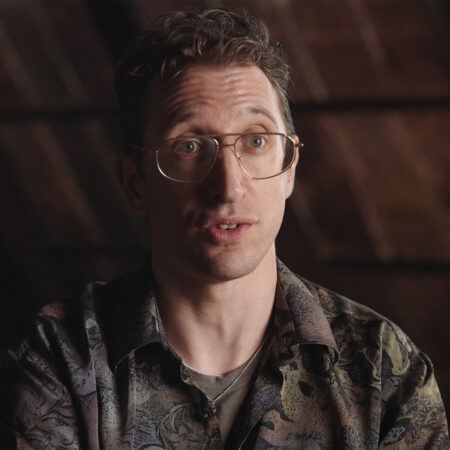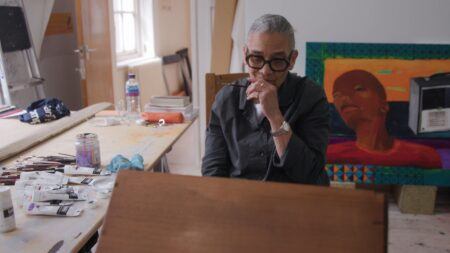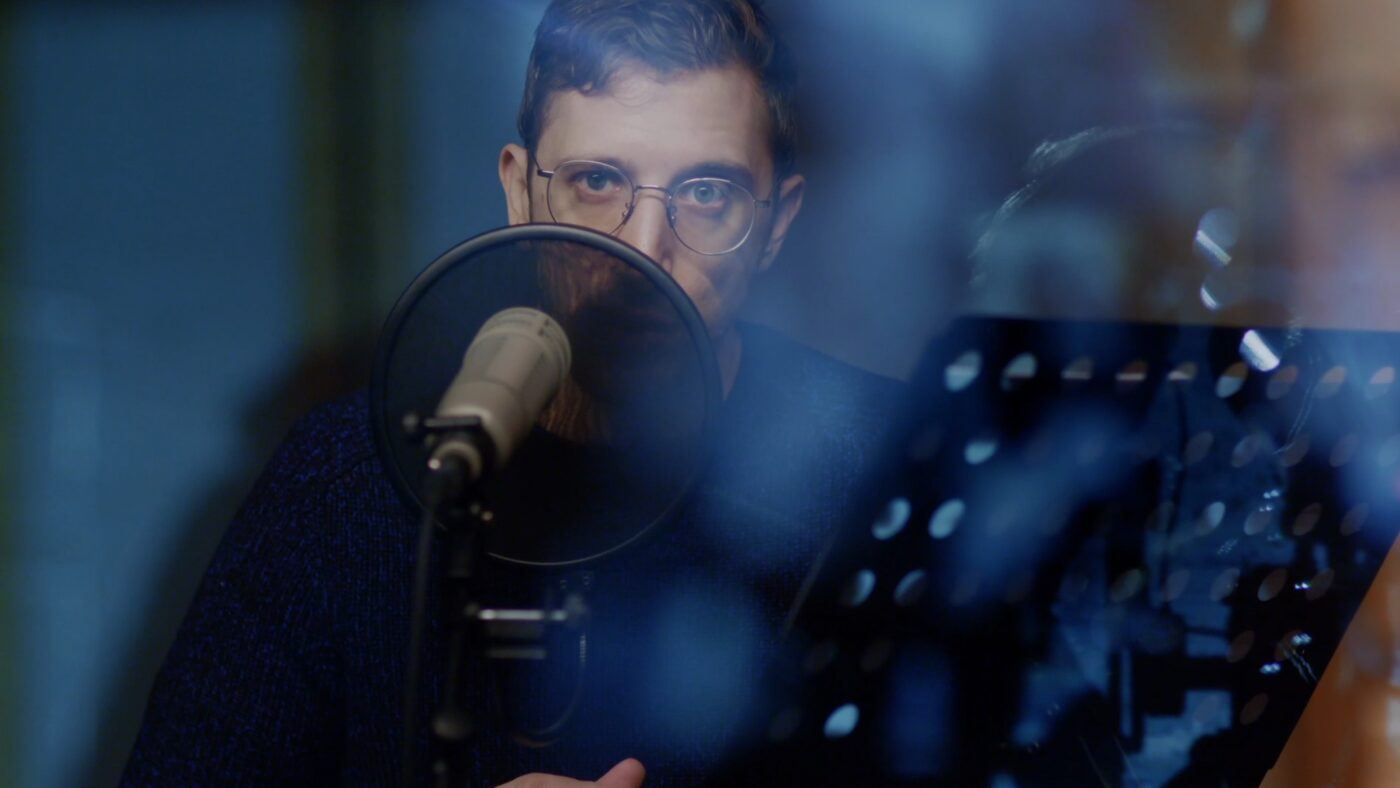Lawrence Abu Hamdan

Lawrence Abu Hamdan was born in 1985 in Amman, Jordan, and currently lives and works in Dubai, UAE. The artist received a BA in 2007 from Middlesex University London and an MA in 2010 and a PhD in 2016 from Goldsmiths, University of London. Abu Hamdan works across video, performance, installation, and sound to create works that foreground the importance of listening in our understanding of conflicts, injustices, one another, and the world around us. Drawing upon his work investigating international human rights cases, geopolitical conflicts, and individual legal or political claims, Abu Hamdan’s practice considers the possibilities held within new modes of listening.
Describing himself as a “private ear,” the artist uses auditory investigations to advocate for individuals and communities affected by wide-ranging forms of violence. “These films and performances are a proposal to listen to people in ways in which I think is adequate for the kind of political claim that I’m making,” says the artist. His installation Earwitness Inventory (2018–ongoing) displays objects that Abu Hamdan used to build his sound-effects library created for use in his acoustic investigations, including assorted pairs of shoes, a collection of feather dusters, and a series of doors and locking mechanisms. Drawing on this inventory, the artist developed the performance After SFX (2018), where objects from the inventory are “played” while Abu Hamdan delivers a monologue describing his use of sound effects to unlock acoustic memories in his “earwitness” interviews. In both works, he explores how the sound of an event enters one’s memory — not as an addendum but as its own experience tied to our collective acoustic memory that draws upon various cultures and contexts, like sound effects used in Hollywood films.
In his work Walled Unwalled (2018), the artist draws from his work with Amnesty International and Forensic Architecture investigating the Saydnaya prison in Syria, the case of Kyllo v. United States in 2001, and the trial of Oscar Pistorius in 2014, focusing on instances where auditory information heard through a wall or door were central to the cases. Abu Hamdan underscores the role of walls and architecture in our perception of sound and reality. For detainees of the Saydnaya prison, who were kept largely in darkness, sound was their only means to describe the violence inflicted upon them behind the walls of the prison. Through the earwitness testimonies of the detainees, the seemingly impenetrable walls of Saydnaya became porous, and Amnesty International was able to map the interior of the prison and detail what happened within it. Abu Hamdan calls upon viewers to engage in more expansive modes of listening, a listening required to truly understand the claims made by victims of unimaginable violence. Throughout his practice, Abu Hamdan creates works that expand a viewer’s ability to listen and highlight the possibilities of auditory events as tools for constructing a more holistic story of the world around us.
Videos 1
-
Lawrence Abu Hamdan
“I want to build greater cognizance of what good listening can do and what story sound can tell. There’s so much more to do and so many other ways in which we can give people the space and time to be heard.”
Lawrence Abu Hamdan

